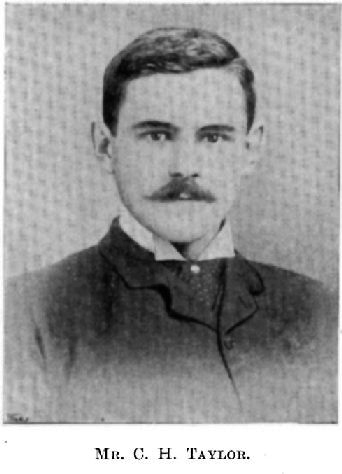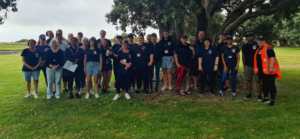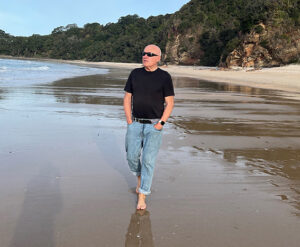As part of a Valley Profile series, MEGHAN HAWKES explores our local history by seeking out stories of life and death in the Thames Valley
Charles Taylor lay prone on the floor of his living quarters at the Victoria battery, Waikino.
It was just after midday on December 14, 1923, when he was discovered, and although he had complained of feeling unwell; his workmates were stunned to find he was dead. Charles, 58, was a night foreman at the Waihī Gold Mining Company’s Victoria battery and a metallurgist – a mineral expert specialising in the extraction of metals from ore.
His wife and children lived in Auckland but Charles had just arranged for some of his family to move to Waikino, something he was looking forward to greatly.
Constable O’Neill of Katikati, on relief police duty at Waihī, inspected the scene and found beside Charles’s body a broken bottle of cyanide.
Charles Taylor, from Lincolnshire, England, had come to New Zealand in 1885 when he was 19. His travels then took him to Kimberley and West Australia. He spent 18 months exploring New Guinea. On his return to New Zealand he settled at Thames and worked in the Kuranui mine for six years. He studied at the Thames School of Mines and became superintendent to the Monowai mine at Waiomu. There he found one of the most refractory gold ores ever put through the Cyanide Process of extraction.
Refractory gold ore is one that has ultra fine gold particles spread throughout and is naturally resistant to recovery by standard cyanidation. Charles later became the Superintendant and Metallurgist to the Talisman Gold Mining Company at Karangahake, before moving on to Waikino’s Victoria battery.
Charles married Mary Waite in 1890 and they had three children. By 1910 most of his immediate family in England had died – his mother when he was seven, his father when he was 19 and later six of his siblings. His brother Allen had also came to New Zealand and was the owner of Kaikoura Island, adjacent to Great Barrier. While visiting Allen in 1892 they took a whale boat for a cruise around the island when a heavy gust of wind capsized the boat and Allen drowned.
Although Charles’s family history was heartbreaking, he appeared to have no worries and it was hard to conclude that he had deliberately taken the cyanide.
John H Griffen Banks, battery superintendent, said Charles had been in the habit of taking a quantity of medicine, and his mantelshelf contained many bottles. Charles was of an experimental turn of mind, and had on occasions shown John samples of ore and pulp. The bottles containing the cyanide solution were probably on the mantelshelf for experimental purposes, and Charles may have inadvertently taken the wrong bottle. If he had decided to take cyanide deliberately he would have been more liable to have taken the pure sodium salts from the works.
The coroner said the case presented unusual features. There was nothing whatever to indicate that Charles intended to take his own life; in fact, he was looking forward to having his family with him at Waikino. His verdict was that death was due to cyanide poisoning, taken accidentally in mistake for medicine. Charles was returned to Auckland and buried at Purewa, Meadowbank.




